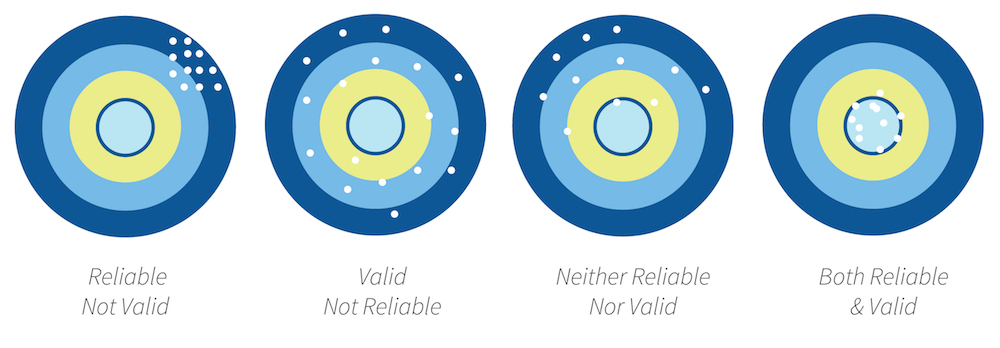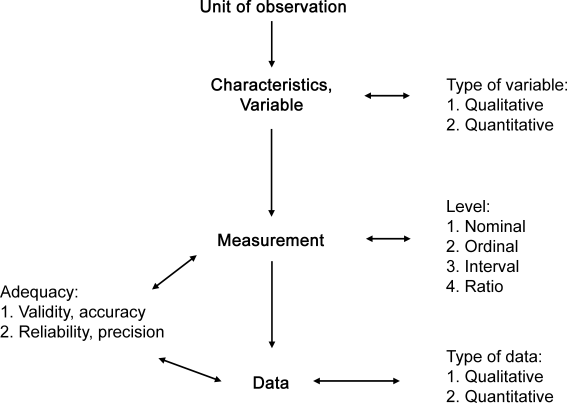
This study examines the reliability and validity of this inclusion of secondary reporting to determine the comparability of the Neighborhood Method to a traditional survey approach. Primary female adult respondents disclose incidents of physical violence, intimate and non-intimate partner rape for themselves, other females in their homes (standard reporting) and other women and children in their social networks (secondary reporting). The ‘Neighborhood Method’, an adapted household survey that uses primary and secondary reporting to assess the prevalence of GBV in humanitarian settings, reduces the length of time and cost associated with traditional surveys. On top of that, the collaborative nature of our sessions ensures an unbiased view into respondents’ thoughts and feelings.Accurately identifying the magnitude of gender-based violence (GBV) in humanitarian settings is hindered by logistical and methodological complexities. Armed with an arsenal of highly experienced researchers and our patented technology, every small piece of data is captured and accounted for. At Invoke, we are able to ensure the validity, reliability, and trustworthiness of our research by using the methods described above. It is also advantageous to use a methodology that combines the best of both qualitative and quantitative research. Try to think, ‘Would another researcher reach the same conclusions independently?’

The purpose of the research is different, the methodologies typically used are different, and the way data is collected and analyzed is different. Qualitative research is fundamentally different than quantitative research.

How Are Validity and Reliability Applied to Qualitative Research? Criterion – Does the scale perform as expected in relation to other variables (that were selected as meaningful criteria)?.Content – How representative is the content of the scale that is used to measure?.Construct – What construct or characteristic is the scale measuring?.There are a few questions that can be asked to assess the validity of your research:

It helps determine whether the research truly measures what is intended. Validity is the extent to which differences in scale scores reflect true differences among objects on the characteristic being measured – rather than errors.


 0 kommentar(er)
0 kommentar(er)
